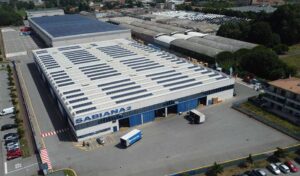Rare-earth alternative has attractions
7th November 2015 USA: A new metal alloy which does not use rare-earth elements could lead to commercially viable magnetic refrigeration.
USA: A new metal alloy which does not use rare-earth elements could lead to commercially viable magnetic refrigeration.
The study by a team at Rochester Institute of Technology, and published in Scientific Reports, explores an iron-based high entropy alloy as a component of next-generation magnetic refrigeration.
The alloy is a cheaper, more readily available alternative to metals made from expensive rare-earth elements. The NiFeCoCrPdx family is said to exhibit a second order magnetic phase transition whose critical temperature is tunable from 100K to well above room temperature. A near 40% enhancement of the refrigerant capacity is said to be achievable.
Though rare-earth materials tend to exhibit higher entropy changes, they can suffer from cracking and fatigue, which severely limits their useful lifetime. The so-called high entropy alloys (HEAs) are a class of emergent transition metal alloys that hold great potential for advanced manufacturing, and which may impact magnetocalorics. They are said to offer supply chain and cost stability, and superior mechanical properties such as ductility, corrosion resistance, machinability, all of which ease manufacturing and bolster product longevity.
Fe1Co1Ni1Cr1Pdx is an example of an HEA system with tunable magnetic properties.







